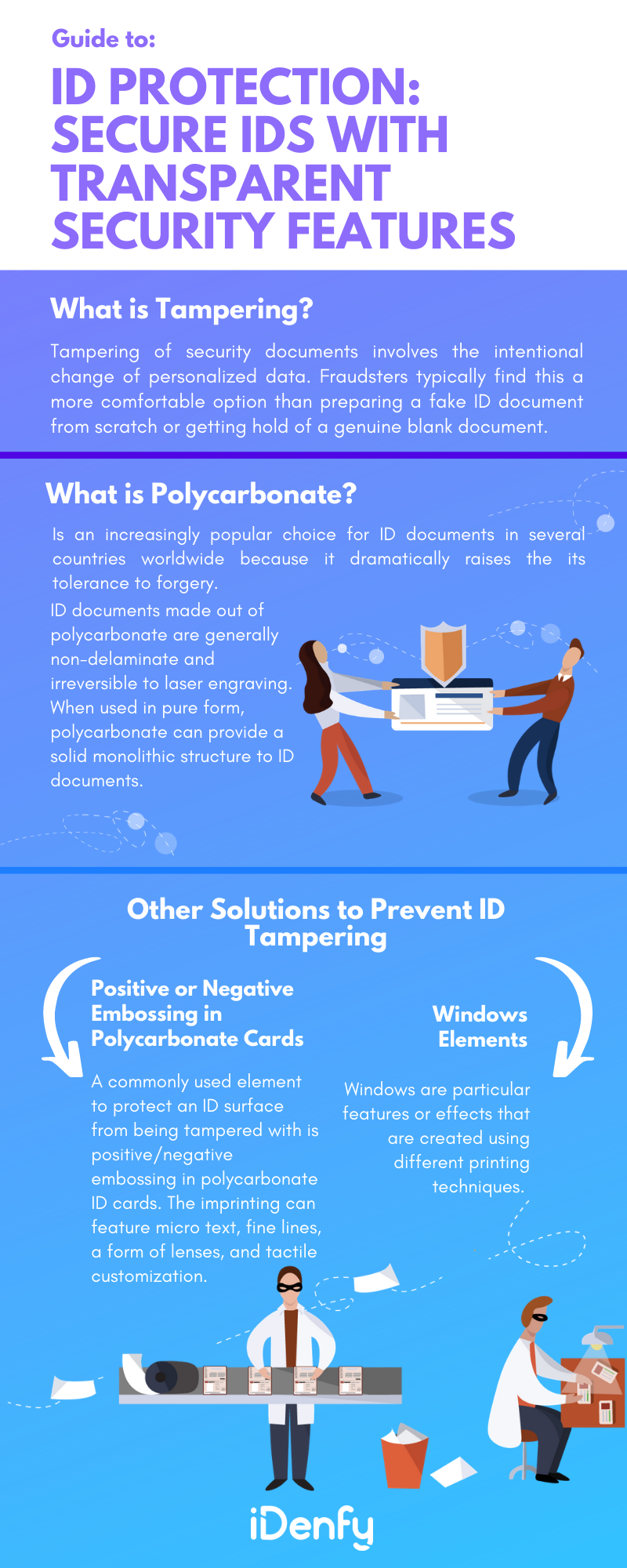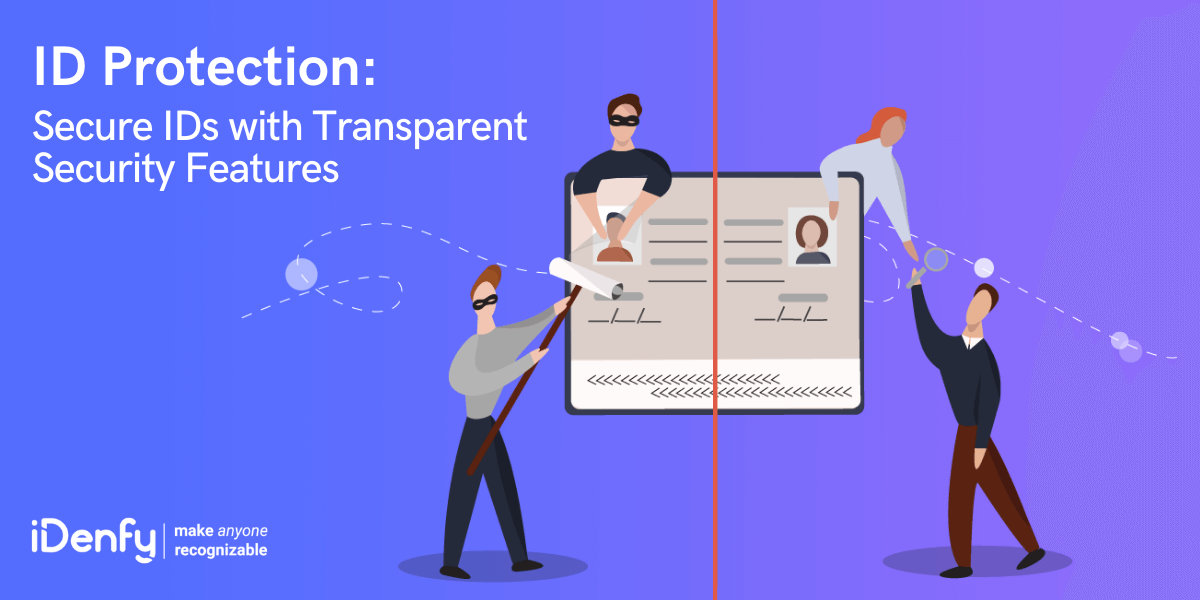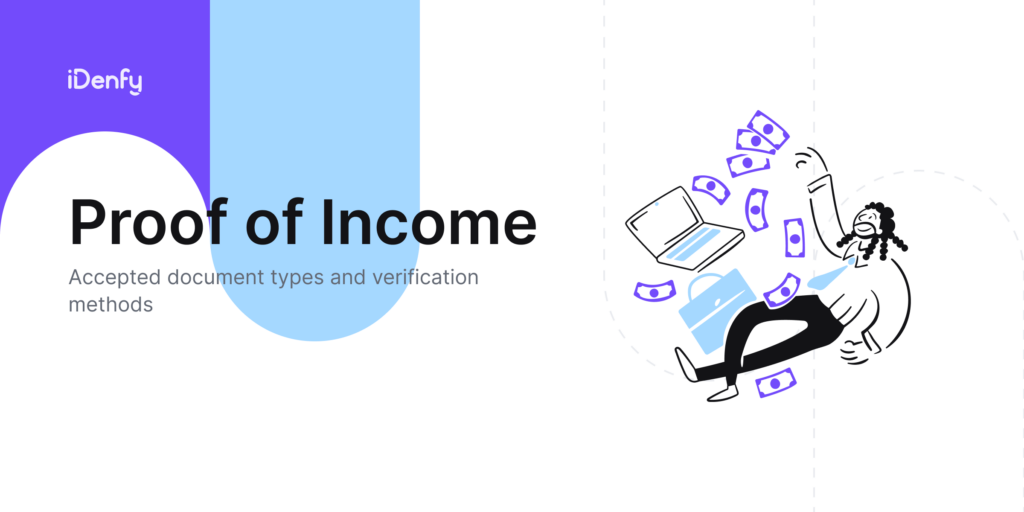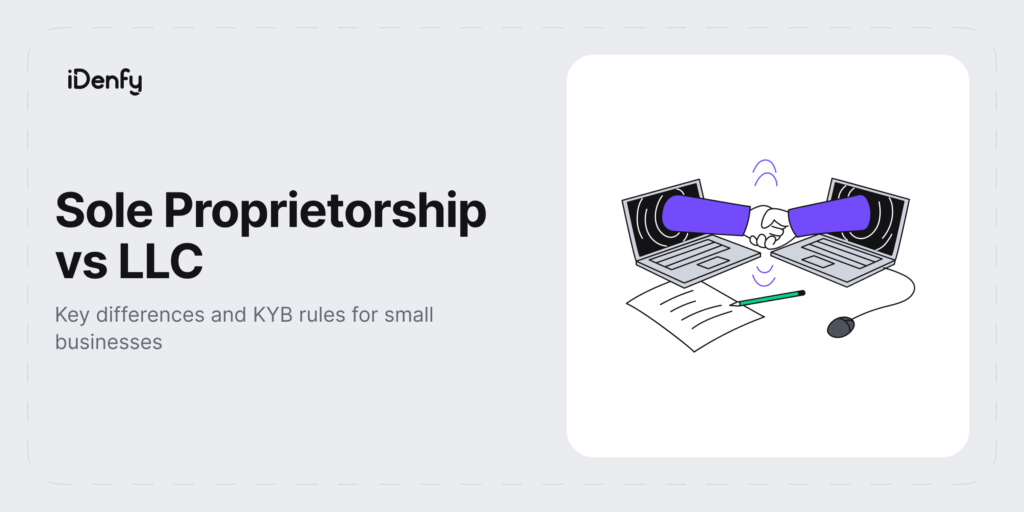Creating a fully secured ID design is quite challenging in modern times – thanks to identity fraud and forgery that are getting more sophisticated with each day passing. Criminals who create forged ID documents often engage in activities like swapping photos, altering data, and changing passport or ID numbers. One very common method for designing forged documents is copying another person’s signature from an ID, whether it’s on paper or in a digital format.
For example, fraudsters also diversify their targets by employing stealth techniques to commit identity fraud and theft. Abraham Abdallah, Malcolm Byrd, and Gabriel Jimenez’s identity fraud events are some of the worst identity theft cases ever. Cyber attackers are getting so advanced that you should not be surprised if you hear about a movie-inspired identity theft scenario.
In June 2020, the French Border Police caught a criminal group engaged in distributing stolen, forged, and lost documents to irregular migrants across Europe. This is not a single case. The fake ID market is growing rapidly and even sidestepping the necessary fraud prevention measures.
Key facts to remember:
- Public authorities and businesses must look for robust ID protection solutions to cope with advanced identity theft cases.
- Some of the common threats public authorities face today include falsification by an overprint and the use of high-quality intaglio printing for creating false passports.
So, in this article, we’ll help you discover how modern fraudsters are trying to alter existing identity records and how to cope with this issue.
What is Document Tampering?

Typically, document tampering is used for altering a signed and finalized document, which can include page substitution, deleted data, date changes, or content adjustments after the contract date.
ID documents involve the deliberate manipulation of sensitive data. Fraudsters find it more convenient than preparing a whole new fake ID from scratch. Some of the common methods used for tampering include scratching, dissolving, cutting, and adding a foil on the top of an ID document.
Red Flags Indicating ID Document Tampering
Certain signs indicate the ID can be fake. For example:
- Handwriting validation
- Data cross-referencing
- Format validation
- Font detection
- Data dependencies
- Material integrity
- Portrait photo inconsistencies
Related: How to Spot a Fake ID & Protect Your Business from it
Polycarbonate: Why it’s an Ideal Solution to Prevent Tampering
Polycarbonate is an increasingly popular choice for ID documents in several countries worldwide because it dramatically raises the ID document’s tolerance to forgery. ID documents made out of polycarbonate are generally non-delaminate and irreversible to laser engraving.
If someone messes with a polycarbonate document’s photo by adding extra black using an inkjet (keep in mind that you can’t easily remove it for laser-engraved images), they’d need to do the opposite to change the perforated image. The perforated image is like a negative of the person’s original photo. Since it’s punched into the document material, it’s almost impossible to fill in the holes because you’d have to restore the original material.
That’s why, when used in pure form, polycarbonate can provide a solid monolithic structure to ID documents.
Ensure your customers are real. Schedule a free demo here.
Other Solutions to Prevent ID Tampering

Some of the most potent solutions to ID alteration lie in security features that consist of the document’s whole structure. They help authorities notice unauthorized entry, change, and alteration to a protected ID.
Positive or Negative Embossing in Polycarbonate Cards
A commonly used element to protect an ID surface from being tampered with is positive/negative embossing in polycarbonate ID cards. The imprinting can feature micro text, fine lines, a form of lenses, and tactile customization.
Verify customers identity within 15 seconds. Schedule a free identity verification demo here.
Windows Elements
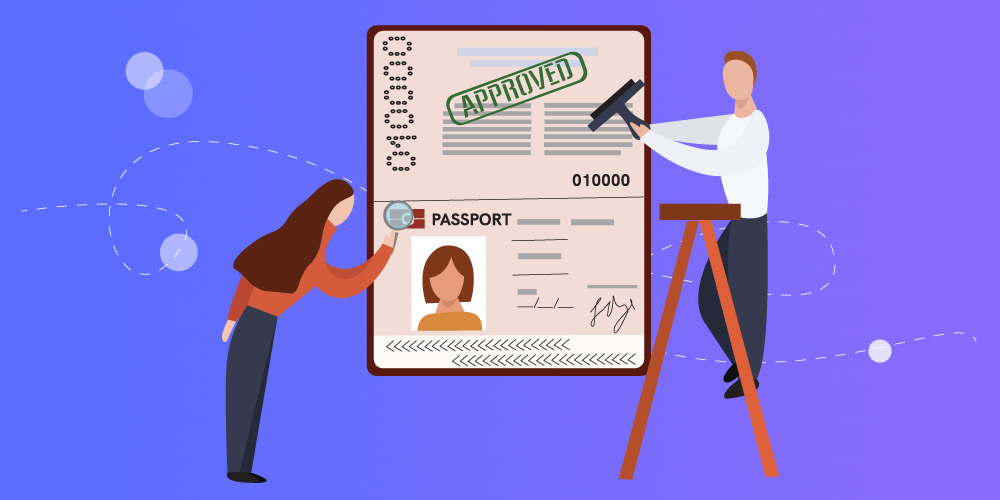
For those who don’t know, a window is an additional security element for ID protection. It protects personalized data such as the ID cardholder’s secondary portrait. Windows has certain features or effects that are created using different printing techniques. The first-ever polycarbonate ID document with a window was released in 2017. Over the past few years, windows in polycarbonate ID documents have increasingly become one of the most demanding security features.
Windows has numerous benefits. Not only does it offer superior protection to records, but it also constitutes an extra technological barrier to fraudsters. Furthermore, it helps you verify customers more quickly and conveniently than other security features.
Windows features can play a significant role in ID security when 3 to 5 seconds are available for checkers for ID document inspection. We can call it a level-one security feature that is visible to the naked eye. Windows features can be used to assure the validity and credibility of the ID document and its data without using any unique tool.
The use of window features in security printed items was first used in polymer banknotes. These notes made from biaxially oriented polypropylene (BOPP) have been in use since the 1980s. In the past few years, many countries have used the same material for their currency. Today, you can see window security features in paper banknotes as well.
Let’s analyze the window security features in the Europa series €100 banknote.
Touching the note, you can feel the unique printing process, giving the note a distinctive feel. Looking at the banknote against the light makes the safety thread and watermark noticeable. To see the portrait of Europe in a transparent window, you need to tilt the banknote. There are some other security features in the note, which can be checked with special devices only.
How Does the Window Feature Help You Prevent Fraud & Forgery?

The window makes the ID document immediately recognized by the human eye. Since it’s fully integrated into the card structure, both the front and reverse sides of the card, it’s virtually impossible for fraudsters to tamper with it. Any attempt at data tampering in a window inescapably leaves traces in the form of scratches, color changes, stains, and changes in thickness.
Why Window Features are Ideal for Protecting ID Designs
A window lock protects the holder’s data against any subsequent change via an extra laser personalized portrait. The technology is based on a complicated laser ablation customization process based on a metal foil built into a transparent glass.
Window features are not limited to one specific card structure only; changes can be made to the window’s size and its location on the card. Remember, the window shouldn’t look like a physically detached feature on the card layout. It should be a graceful part of the card while maintaining its security. Furthermore, you can take different approaches to make window features more secure. For example, you can merge several windows to produce new images.
Preventing ID Document Tampering Through Automation
Considering everything together, we can say that transparent elements can play a significant role in ID protection. At iDenfy, we offer fully automated identity verification solutions to prevent ID fraud in any industry. Customized ID verification workflows, multiple plugins to ease your implementation process, customer support, and an in-house KYC specialist team that works 24/7… are just a few elements of our RegTech services.
Our ID verification solution supports 3000+ documents from 190+ countries along with transparent elements for secure ID design. It will help you rest assured that no one is using a tampered ID to access your service.
This blog post was updated on the 7th of November, 2023, to reflect the latest insights.
